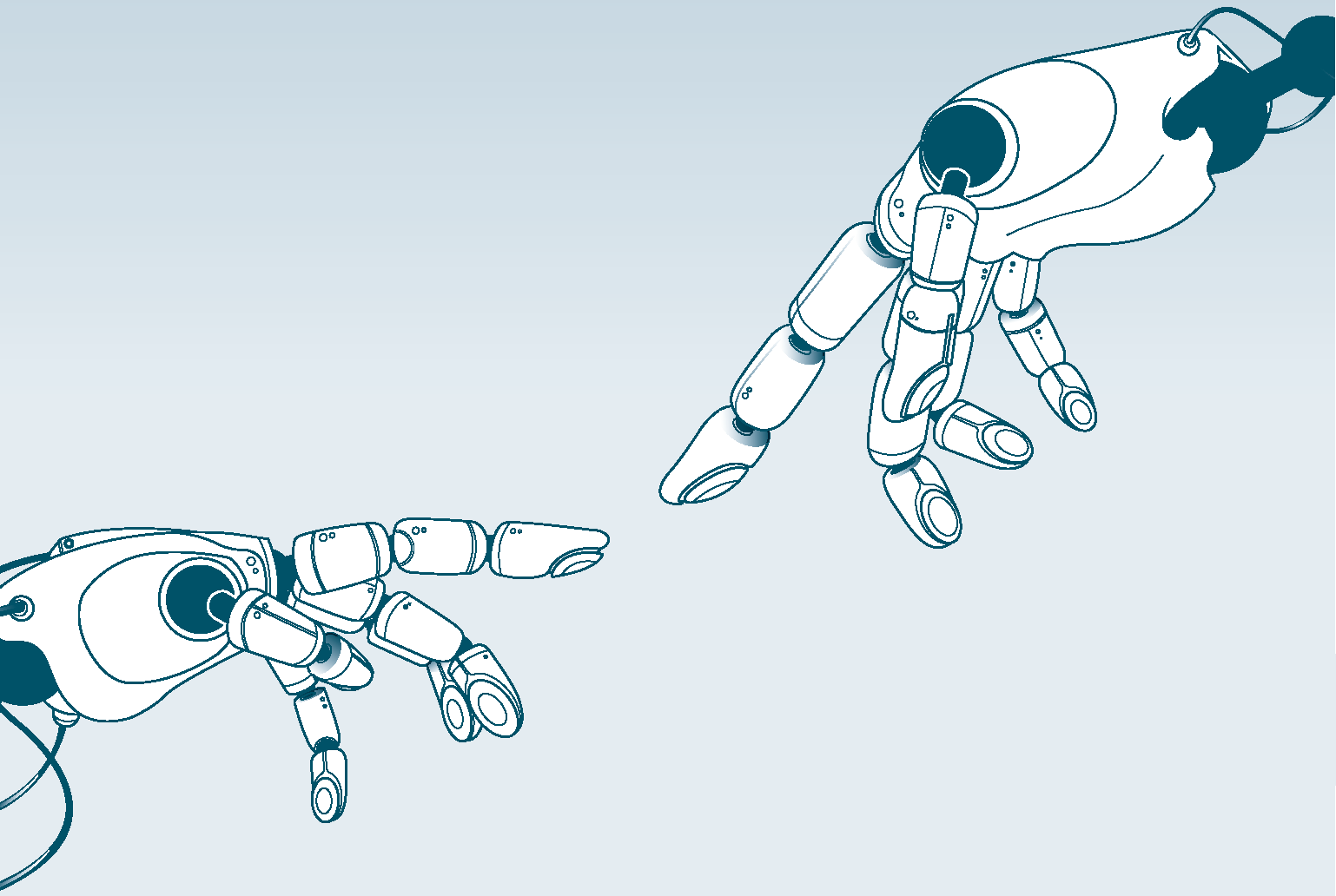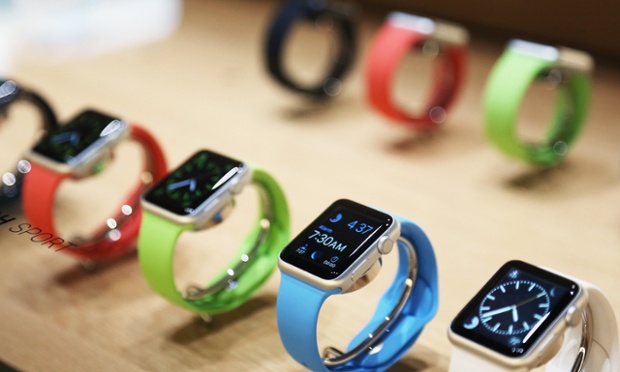Gaining a holistic view of the IoT landscape through understanding of its key underlying technologies
In the early 90’s ‘The Internet’ was ‘The Big Thing’, but now Internet of Things (IoT) is the next revolution taking a giant leap with its ability to extract, analyse, and share data. IoT makes all objects and devices around us ‘Smart’. In the world of IoT, a thing can be a human being with an organ monitor implant or a vehicle with built-in sensors to alert the driver in case of any issues.
The IoT ecosystem has a complex set technologies underlying it. Building an IoT service involves connecting a varied array of platforms and technologies on which the devices run. This requires specialised skills and experience across a broad spectrum of technologies. The key underlying technologies of IoT are as follows:
- M2M Communications
- Big Data and Cloud Computing
- Wireless and Mobile

Machine to Machine (M2M) refers to technologies that enable wireless and wired systems to communicate with other devices of the same type. The following are some example scenarios:
- machine to machine – collecting information through meters or sensors and communicating through wired or wireless devices
- network sensors – taking subsequent actions through sensors or actuators based on certain environmental changes
- smart meters – tracking resource consumption and providing analysis for better decision making
- connected machines – automating processes through an intelligent network of devices and alerting the users on reaching particular preset values
Big Data and Cloud Computing

An IoT ecosystem generates massive amounts of data that must be collected and analysed in order to generate valuable and actionable insights. This result in data sets which require capabilities far beyond that of traditional IT, as they demand massive storage requirements, huge transaction volume, quick response times, complex analytical needs and enormous bandwidth requirements. Needless to say, Big Data and Cloud Computing are crucial to design and implementation of an IoT service.
Wireless and Mobile

IoT will soon grow into an enormous network of connected things like televisions, cars, kitchen appliances, surveillance cameras, smartphones, utility meters, and almost anything that you can imagine. Resource (in terms of size or space) constrained devices will be required to communicate with other devices in wireless networks and also on the move. Choosing the right wireless technologies will be the key to ensure reliability of connections between such devices and integrity of data collected from them.
Mobile applications have become the primary means through which we interact with an IoT service. Mobile manufacturers have been introducing Smart Phones and other mobile devices at a rapid pace. Adopting innovative solutions that speed up application development for mobile devices across various platforms will be crucial to reduce the roll out time for an IoT service into the commercial market.
Other challenges
In addition to the need for specialised skills across a broad spectrum of technologies, there are other challenges when implementing an IoT service like data and information management issues, privacy and security concerns, interoperable technologies and standards.
Summary

IoT will create new opportunities through generation of new business models and diversification of revenue streams for companies. Working with the right technology partners will be crucial for companies building products in the IoT space in order to overcome the potential challenges in IoT implementations and make the most of their investments. Building teams with rich expertise in M2M communications, cloud, analytics, wireless and mobile – the key underlying technologies of IoT – as well as the right mix of open source and commercial offerings, will be the key to success.



